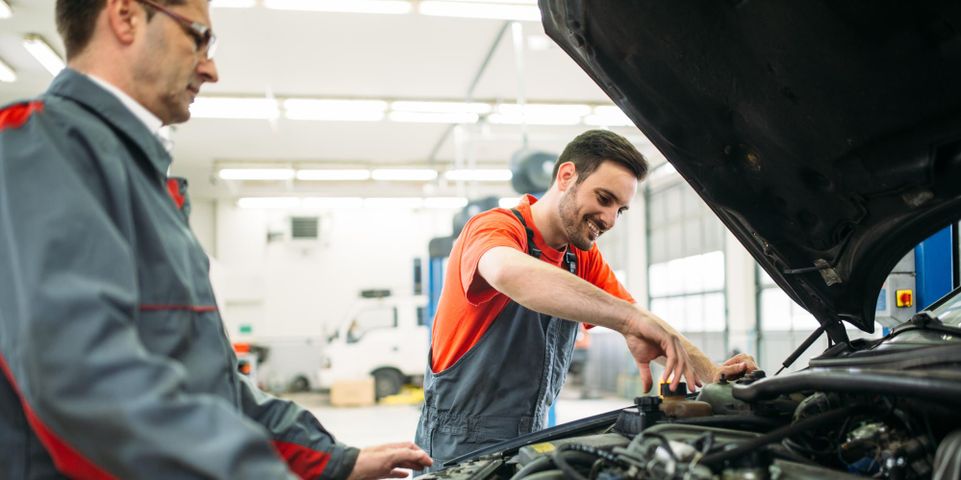How Do Manual & Automatic Transmissions Differ?

The transmission is an integral part of your vehicle. It delivers power from your engine to your wheels and tells your wheels how fast they need to go. Without a transmission, your car wouldn’t move. The two main types are manual and automatic transmissions—here’s how they work.
How a Manual Transmission Works
Transmissions are boxes with gears and shafts inside of them. A manual transmission requires you, as the driver, to change gears using a stick shift. To switch gears, press down on the clutch pedal—the third pedal on the far left—and move your shifter to the next number.
Manual transmission vehicles get better gas mileage than automatic transmissions, and they’re more affordable. However, this type of vehicle car comes with a huge learning curve. If you drive in rush-hour traffic or on a lot of hills, it increases your odds of stalling, which makes the car shut off and can damage the transmission.
If you hear grinding noises when you shift gears, the transmission pops out of gear, or it’s hard to push in the clutch, you may be experiencing transmission problems.
How an Automatic Transmission Works
 With an automatic transmission, there’s not a lot you have to do to change speeds. As you push on the gas pedal and go faster, or let off and slow down, the transmission shifts gears for you. There’s no clutch pedal, so all you have to use is the gas and brake.
With an automatic transmission, there’s not a lot you have to do to change speeds. As you push on the gas pedal and go faster, or let off and slow down, the transmission shifts gears for you. There’s no clutch pedal, so all you have to use is the gas and brake.
An automatic transmission is ideal if you live in a hilly area or frequently drive in traffic that is stop-and-go. If you feel any shaking or grinding when the car switches gears, your transmission may need professional service.
Does your car need transmission repair? If you suspect your transmission isn’t shifting properly, the experts at Northgate Transmission will help diagnose and repair it. This Cincinnati, OH, mechanic has been serving the Tri-State area for over 30 years. Check out their website for more information, or call (513) 385-4400 to schedule an appointment.
About the Business
(248 reviews)
Have a question? Ask the experts!
Send your question

